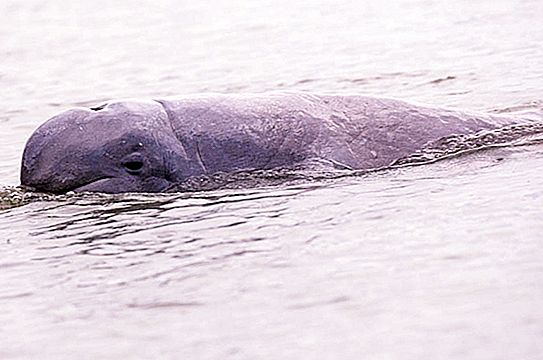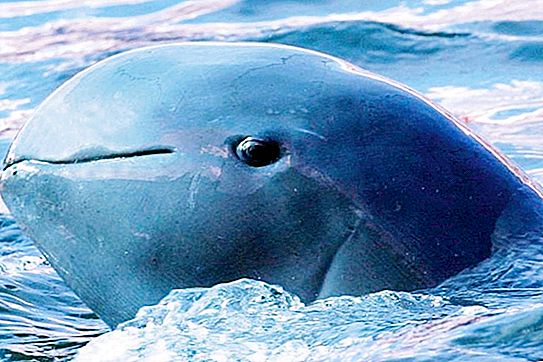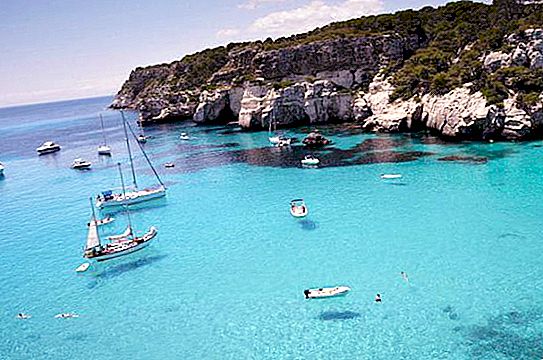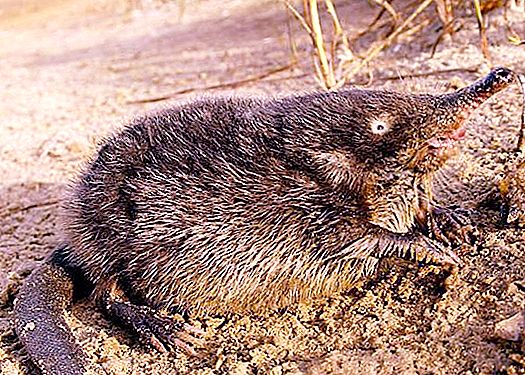In our article, we will talk about the Irrawaddy dolphin. We will talk about where he lives, how he looks. The extinction of this large mammal will also be addressed. Note that wildlife fund workers are concerned about the very rapid decline in the population. The number of these mammals has decreased to a critical level.
These dolphins are sacred animals in Cambodia and Laos. But even despite this, in these countries they are becoming less and less. Experts explain this fact by the fact that young dolphins simply do not live to adulthood, and old individuals die. As a result, there is no one to continue the genus of these smart animals.
Description and photo
The Irrawaddy dolphin is an aquatic mammal. It belongs to the genus Orcaella dolphin family. The representative of this mammal has a long flexible neck that moves in different directions. These dolphins, unlike their other relatives, are devoid of a beak. They also have a dorsal fin. It is small in size, located closer to the tail.

The color of the Irrawaddy dolphin is blue-gray. In the lower part of the body is a lighter shade. The length of an adult mammal can reach 2.5 meters. The maximum mass of the Irrawaddy dolphin is 150 kilograms. A newborn cub weighs twelve kilograms. Moreover, the length of his body is not more than 1 meter.
Habitat
Where does the Irrawaddy dolphin live? These animals can live both in sea and fresh water. Although some populations choose the second option for life. They live in the fresh waters of the Mahakam, Mekong and Irrawaddy rivers. Such a mammal also lives in the coastal waters of Southeast Asia. Based on their habitats, biologists divided this species into two subspecies - freshwater and, of course, marine.
Behavior

These dolphins live in groups of three to six individuals. Adult mammals can safely transfer from one to another group. Note that usually this behavior is not typical for dolphins, they are wary of strangers.
In the process of researching the territories, this animal raises its head from the water. Dolphin, thanks to its flexible neck, rotates it in order to see everything that surrounds it. If we talk about the swimming speed of a mammal, then it is quite low. When a dolphin emerges from the water in order to swallow air, it exposes only the upper part of the head, and not the whole, like many other types of cetaceans. Therefore, these mammals are not so easy to see in the wild. Inhale makes the Irrawaddy dolphin quickly. Only 14% of all dives occur with spray.
Relationship with man
These marine inhabitants are friendly to humans. They accompany the boats of fishermen. In addition, dolphins help fish in the net. Moreover, it was noticed that these mammals quickly remember the places where people put them. After that, dolphins consciously drive schools of fish into the net. Previously, almost all fishing villages on the Indonesian archipelago had their own "local" flock of dolphins. It was they who drove the catch directly to the nets. It was funny that sometimes residents of different villages sued their neighbors if they lured their flock to their site.




